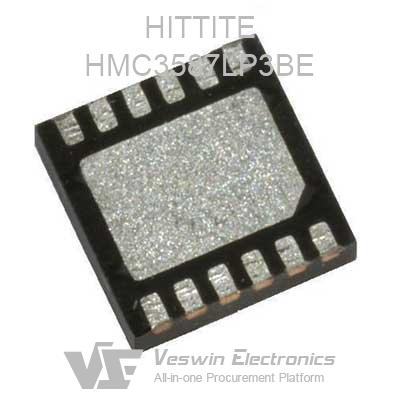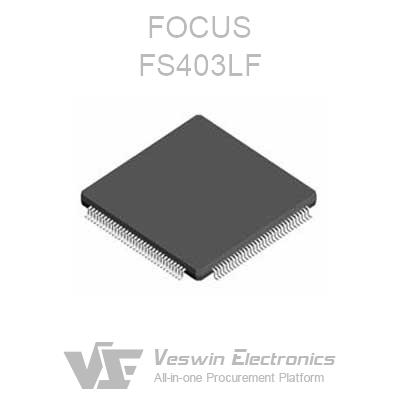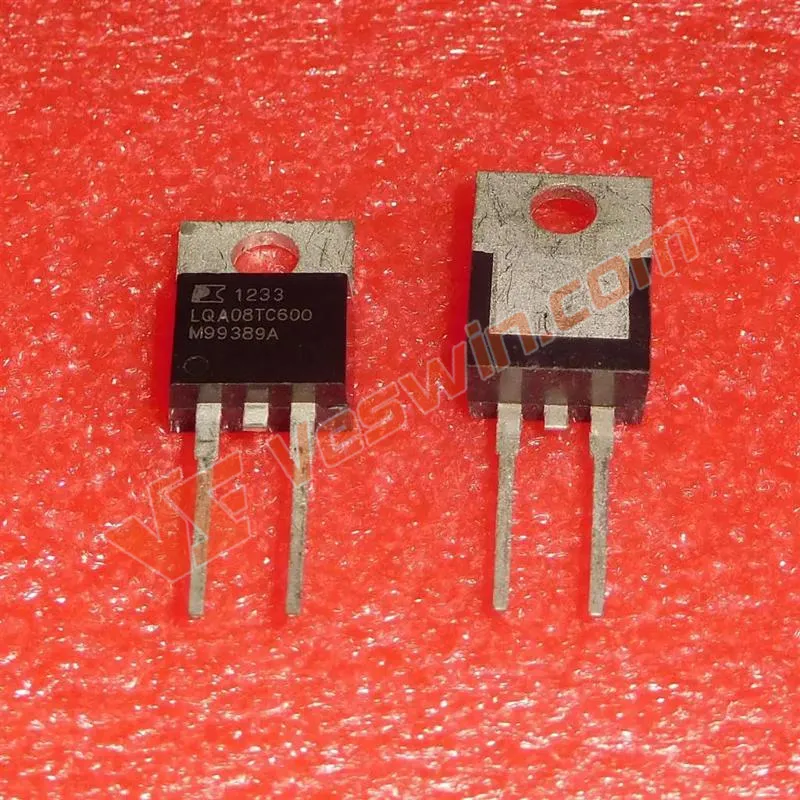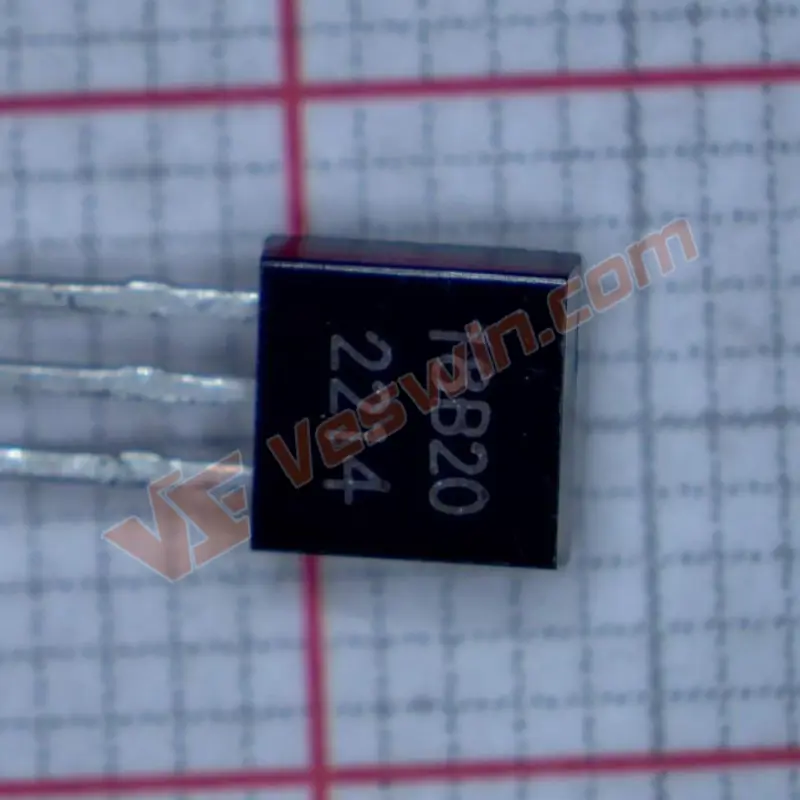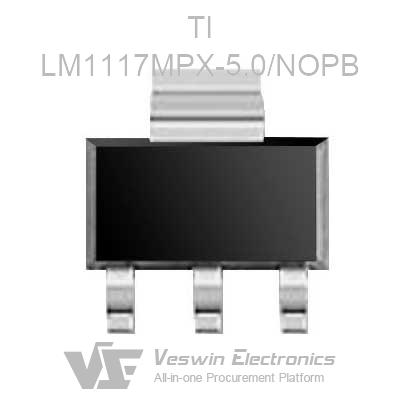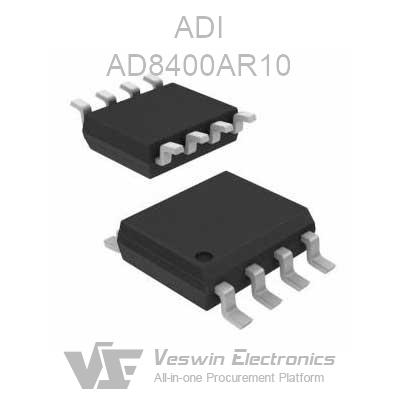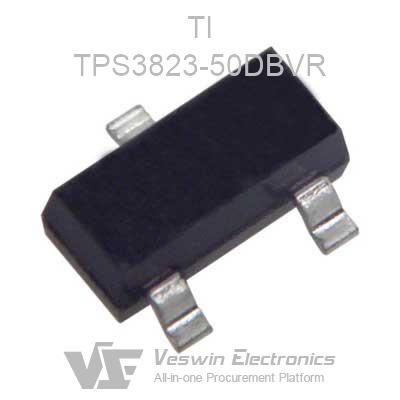Passive sensors, also known as energy-controlled sensors, consist primarily of energy conversion components that do not require an external power source. For example, sensors based on piezoresistive effects, thermoelectric effects, and photoelectromotive effects are all passive sensors.
There is no need to use an externally connected sensor and an externally accessible inductive sensor with unlimited energy.
A sensor that converts non-electric energy into electrical energy, transforms only the energy itself, and does not convert the energy signal, called an active sensor. Also known as an energy conversion sensor or transducer.
Often equipped with voltage measurement circuits and amplifiers, such as piezoelectric, thermoelectric, magnetoelectric and so on. Corresponding to this is a passive sensor. This is categorized according to the energy point of view. Active Device: A device that requires an external energy source (Source Energy) when operating. It has one output and is a function of the input signal.
What is the difference between a passive sensor and an active sensor? In essence, one requires an external power supply to operate. Let's take a closer look.
Passive sensors work without power supply; active sensors require power to work. This is judged from the surface observation.
If analyzed from the working principle, the passive sensor outputs the signal completely by absorbing the energy of the measured object; while the output signal energy of the active sensor is partially from the object to be measured, and the other part is supplied by the power source.
Then the difference comes: the passive sensor is simpler, but the impact on the measured object is greater, the sensitivity is not high, the output signal energy is not high, and it is susceptible to interference; the active sensor is more complicated, and the influence on the measured object is small, sensitivity High, the output signal energy is high and is not susceptible to interference.
In fact, in essence, the active sensor is an energy amplification mechanism based on the passive sensor.
Hot News
